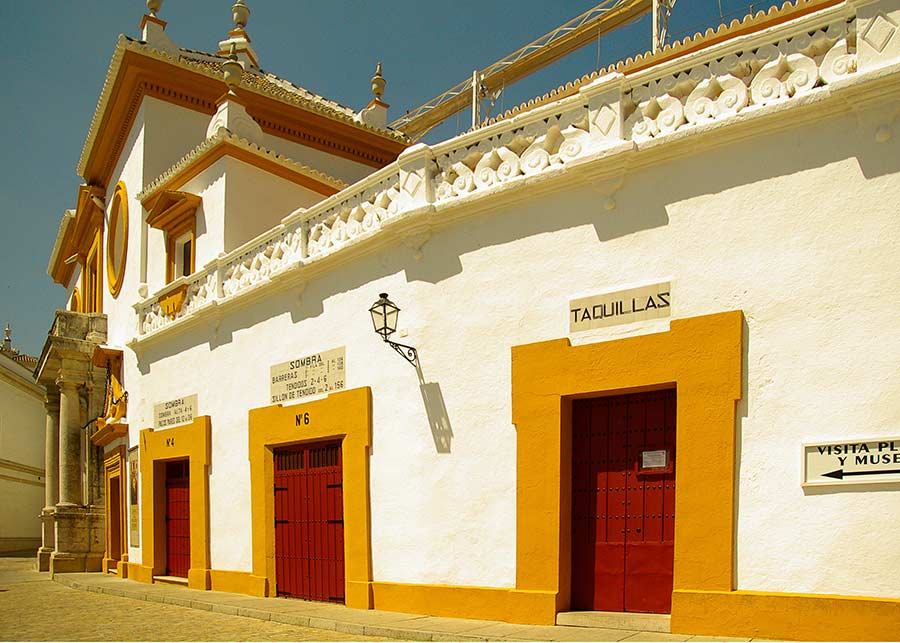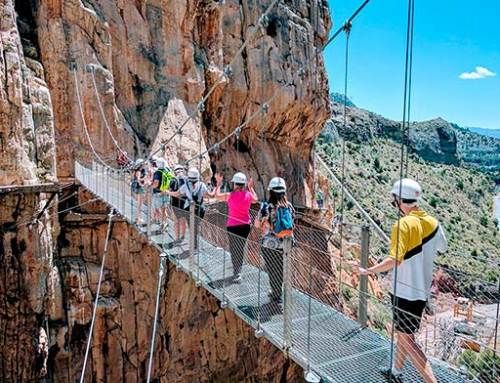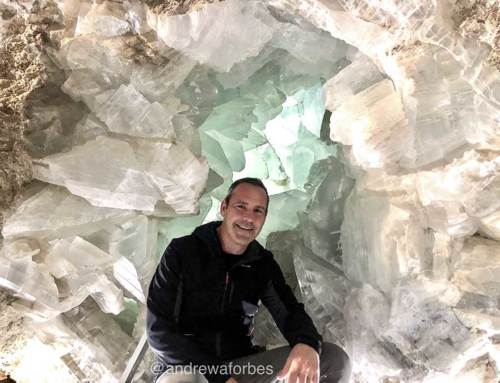
Seville, the political and financial hub of Southern Spain, is also the Capital of Andalucía. This monumental city, rich in museums and galleries is one of the country’s most evocative cities.
Why go?
It makes for a fascinating and romantic destination in a Flamenco Campers camper van. The locals, known as ‘Sevillanos’ like to be considered the most sophisticated in Andalucía. They adore dressing up, and showing off is almost part of the city culture! There always seems to be something being celebrated in this city, and its annual April Fair is one of the most famous in Spain. It all adds up to Seville being one of the most seductive Andalusian cities, full of colour, energy and passion.

Where is it?
Seville, or Sevilla as it is known in Spain, is in the north west of Andalucía, to the south of a beautiful mountainous area, known as the ‘Sierra Norte de Sevilla’ which offers spectacular scenery.
How to get there
Andalucía’s cities are exceptionally well connected by a modern motorway network. From the Flamenco Campers office near Malaga’s airport to Seville is a little over 2 hours’ drive taking the fast A46 motorway north, and then feeding onto the A92 motorway west.

On the way
Alternatively, you can make the journey an integral part of your Flamenco Campers holiday, taking the by-roads, and stopping off at remarkable sights along the way, including the stunning town of Antequera, with its baroque architecture. Or the UNESCO Dolmens, a place of protected megalithic monuments. A little further on is the vast El Torcal natural reserve. This is a place of stunning stone formations, a wonderful place to hike, picnic and be embraced by nature.
http://whc.unesco.org/en/list/1501
http://www.torcaldeantequera.com/
City Sights of Interest
Once you arrive in Seville, you will be at the heart of Andalusian culture, Home to the most extravagant ‘Semana Santa’ Easter week celebrations, and with a local culture steeped in flamenco and bullfighting, a visit to Seville is to be intoxicated by all things Andalusian.
The city became absurdly wealthy during Spain’s golden age, when Seville was the hub of trade with the new New World. So, you can expect some beautiful architecture in the city centre. A fine example of this wealthy period, is the ‘Palacio de la Condesa de Lebrija’, set back from the busy commercial pedestrianised street of Calle Cuno. This sixteenth century mansion has original Roman mosaic floors, taken from the nearby ruins! It is also home to the most extraordinary and eclectic collection of archaeological and fine art pieces, all collected by Regla Manjón Mergelina, the Countess of Lebrija.

http://www.palaciodelebrija.com/
Many of the city’s main sights date back to when this was part of the Al Andalus Arab Empire, and then later part of the Roman Empire.
Seville’s huge gothic and medieval cathedral incorporates the original minaret from the Mosque that it replaced. It is now the Giralda tower, a powerfully evocative piece of architecture in the heart of the city’s old quarter.
This historic area is easy to explore on foot. Take time to visit the Alcazar Arab fort, which has some remarkable gardens; then head down to the river to take in the city views, and ass by the Torre de Oro watchtower, and the famous Maestranza bullring.

For something thoroughly modern, you must visit the ‘Metropol Parasol’. This is the world’s largest wooden structure; a vast canopy structure that covers the La Encarnación square. Due to its organic-like shape, it is often referred to as Las Setas or mushrooms of La Encarnación. It creates an eye-popping focal point to the area and atop the Parasol is an elevated walkway that affords incredible views across the city. One can see the pavilions left behind from the 1992 Universal Exposition on the city’s Cartuja island; as well as closer sites, such as the towers of the Plaza de España, and Seville Cathedral, the resting place of Christopher Columbus.
Places to Eat
Seville, as a capital, offers all types of dining from Michelin-star fine-dining to authentic Andalusian tapas. The delightful Santa Cruz district in old town is full of classic bars.

Notable bars include:
Casa Morales – a local bar, edged by huge vintage wine storage jars called tinajas. Fresh tapas are served on rustic boards, including delicious tuna from Cádiz.
Las Columnas (Bodega Santa Cruz) is a cramped space, full of locals. One might need to push to find space at the bar, but it is worth it to enjoy the atmosphere, and tasty treats like the pork in whiskey sauce. The bill is written in chalk on the bar as it has been for decades.
https://www.facebook.com/Las-Columnas-Sevilla-57462655259/
Las Teresas – wonderful, atmospheric bar, with hams hanging from ceiling. This is the place to order a plate of high quality jamón ibérico, and a glass of chilled fino sherry.
Bodeguito Romero – here the owner Pedro makes his famous potato salad.
http://www.bodeguitaantonioromero.com/es/
Tapas bars make for a very entertaining way to experience the city.
Campsite
A good option is to stay just outside the city, at the Campsite Villsom. Then you can take public transport into Seville; or drive in, with the Flamenco Campers campervan, and park on the edge of the city centre in a secure carpark.
https://www.eurocampings.co.uk/spain/andalusia/seville/seville/campsite-villsom-106564/
Further Afield
The province of Seville is one rich in fertile farmland and beautiful towns with baroque architecture. It’s a part of Andalucía that is well worth exploring. If you love world nature, head to the mountains, and to the charming village of Cazalla de la Sierra, with its noble architecture that tells of a rich and aristocratic of past. The village is north of the of Seville, surrounded by acorn oaks woodlands and dehesa estates.
So consider a visit to Seville as part of your Flamenco Campers campervan holiday.





